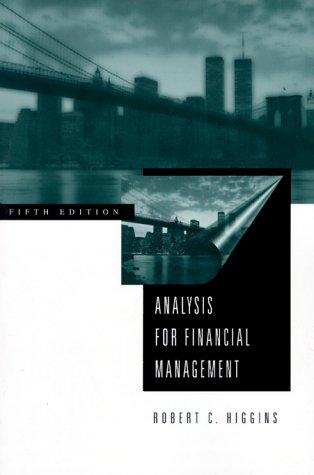exposure. 1) Translation exposure may also be called A) transaction B) operating C) accounting D) currency 2) Translation exposure measures A) changes in the value of outstanding financial obligations incurred prior to a change in exchange rates. B) the potential for an increase or decrease in the parent company's net worth and reported net income caused by a change in exchange rates since the last consolidation of international operations. C) an unexpected change in exchange rates impact on short run expected cash flows. D) none of the above 3) The main purpose of translation is A) to prepare consolidated financial statements. B) to help management assess the performance of foreign subsidiaries. C) to act as an interpreter for managers without foreign language skills. D) none of the above 4) Historical exchange rates may be used for while current exchange rates may be used for A) fixed assets and current assets; income and expense items B) equity accounts and fixed assets; current assets and liabilities C) current assets and liabilities, equity accounts and fixed assets D) equity accounts and current liabilities, current assets and fixed assets 5) A/an subsidiary is one in which the firm operates as an extension of the parent company with cash flows highly interrelated with the parent. A) self-sustaining foreign B) integrated foreign entity C) foreign D) none of the above 6) Consider two different foreign subsidiaries of Georgia-Pacific Wood Products Inc. The first subsidiary mills trees in Canada and ships its entire product to the Georgia-Pacific U.S. The second subsidiary is also owned by the parent firm but is located in Japan and retails tropical hardwood furniture that it buys from many different sources. The first subsidiary is likely alan foreign entity with most of its cash flows in U.S. dollars, and the second subsidiary is more of a an foreign entity. A) domestic; integrated B) self-sustaining; domestic C) integrated, self-sustaining D) self-sustaining, integrated 7) A foreign subsidiary's currency is the currency used in the firm's day-to-day operations. A) local B) integrated C) notational dollar D) functional 8) The two basic methods for the translation of foreign subsidiary financial statements are the method and the method. A) current rate; temporal B) temporal; proper timing C) current rate; future rate D) none of the above 9) The basic advantage of the method of foreign currency translation is that foreign nonmonetary assets are carried at their original cost in the parent's consolidated statement while the most important advantage of the method is that the gain or loss from translation does not pass through the income statement A) monetary; current rate B) temporal; current rate C) temporal; monetary D) current rate; temporal 10) Under the U.S. method of translation procedures, if the financial statements of the foreign subsidiary of a U.S.company are maintained in U.S. dollars, A) translation is accomplished through the current rate method. B) translation is accomplished through the temporal method. C) translation is not required. D) the translation method to be used is not obvious. 11) Under the U.S. method of translation procedures, if the financial statements of the foreign subsidiary of a U.S. company are maintained in the local currency, and the local currency is the functional currency, then A) the translation method to be used is not obvious. B) translation is accomplished through the temporal method. C) translation is not required. D) translation is accomplished through the current rate method. 12) Under the U.S. method of translation procedures, if the financial statements of the foreign subsidiary of a U.S. company are maintained in the local currency, and the U.S. dollar is the functional currency, then A) translation is not required. B) translation is accomplished through the current rate method. C) translation is accomplished through the temporal method. D) none of the above 13) If the European subsidiary of a U.S.firm has net exposed assets of 500,000, and the euro drops in value from $1.40/euro to $1.30/ the U.S. firm has a translation A) gain of $50,000 B) loss of $50,000 C) gain of $450,000 D) loss of 450,000 14) If the European subsidiary of a U.S. firm has net exposed assets of 500,000, and the euro increases in value from $1.30/ to $1.35/ the U.S.firm has a translation A) gain of $25,000 B) loss of $25,000 C) gain of S525,000 D) loss of 525,000 15) If the British subsidiary of a European firm has net exposed assets of 250,000, and the pound increases in value from 1.40/ to 1.45/, the European firm has a translation A) gain of 25,000 B) loss of 25,000 C) gain of 25,000 D) loss of 25,000 16) If the British subsidiary of a European firm has net exposed assets of 250,000, and the pound drops in value from 1.40/ to euro 1.30/, the European firm has a translation A) gain of 12,500 B) loss of 12,500 C) loss of 12,500 D) gain of 12,500










